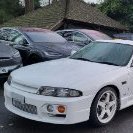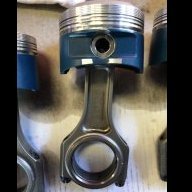What Intank Pump Will Deliver The Most Flow? Nismo?
Announcements
-
Similar Content
-
Latest Posts
-
By svenskalice · Posted
Thinking about importing a stagea as a family car since i’m getting married this year, thoughts? Me and my fiance both like stageas, but don’t have any experience with them -
So rear wing is off to carbon dude as it had some delimitation also setting up old girl for a gb cooler and a gearbox breather catch can
-
It's why I call it vagazzelling. Only a dumb kunt could do it.
-
When all you were waiting on was a faulty Takata, but the government made you replace it...
-









Recommended Posts
Create an account or sign in to comment
You need to be a member in order to leave a comment
Create an account
Sign up for a new account in our community. It's easy!
Register a new accountSign in
Already have an account? Sign in here.
Sign In Now